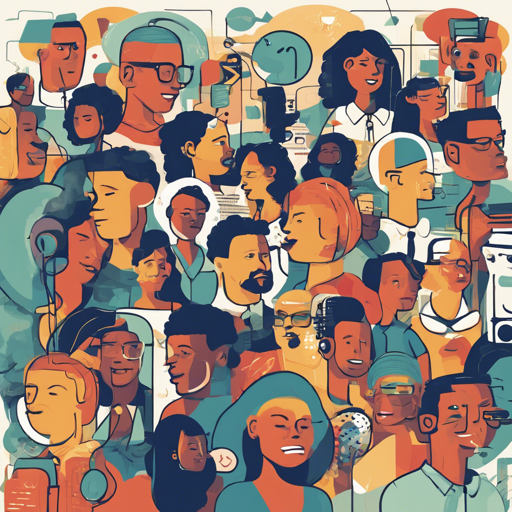Welcome! In today’s blog, we will explore the fascinating topic of personalized dialogue systems that encompass personality, emotional depth, and stylization. With the growing reliance on chatbots for various applications, mastering the implementation of personalized dialogue generation is crucial. Let’s embark on this journey to understand how to create chatbots that not only converse but also resonate personally with users.
Understanding Personalized Dialogue
Imagine you are at a party, and there are two types of conversationalists. One is the generic type who speaks to everyone the same way, while the other tailors their conversation based on who they’re speaking to, adjusting their tone and expressions based on the interests and emotions of their conversation partner. This is what personalized dialogue systems aim to replicate!
Key Models and Techniques
- **Personalized Dialogue Generation**: These systems use various neural conversational models aimed at generating responses relevant to individual users’ preferences and emotions. Check out these foundational papers for more insights:
- **Emotional Dialogue Systems**: These systems are designed to create responses based on the emotional context of the conversation. Imagine a chatbot that recognizes if you’re happy or sad and replies accordingly. Essential reading includes:
- **Stylized Dialogue**: This focuses on generating responses that reflect a particular style or politeness level. This is similar to how one might choose their language based on the formality of the event. Key resources include:
Implementing a Personalized Dialogue System
When creating a dialogue model, think of it as building a robust conversational partner. You would need to follow several steps:
- **Data Collection**: Gather diverse datasets that encompass various personal styles, emotions, and topics.
- **Model Selection**: Choose appropriate models such as Seq2Seq or Dual-learning techniques based on the specific dialog task.
- **Personalization Mechanism**: Implement personalization through reinforcement learning or transfer learning techniques that adapt the model to user preferences.
- **Testing and Iteration**: Continually test and refine the dialogue system using feedback and user interaction data.
Troubleshooting Common Issues
As with any programming project, challenges may arise during implementation. Here are some troubleshooting tips:
- **Issue**: Responses generated by the chatbot seem generic.
- Solution: Ensure your data set encompasses a variety of personal traits. You might also want to explore advanced models like TransferTransfo for better personalization.
- **Issue**: The chatbot doesn’t seem to understand emotional cues.
- Solution: Review the emotional datasets being used and consider integrating multi-task learning approaches to improve emotional comprehension.
- **Issue**: Lack of politeness or appropriate styling in responses.
- Solution: Fine-tune your model on stylized datasets and regularly assess user feedback. This will ensure your chatbot stays aligned with the desired tone.
- For more insights, updates, or to collaborate on AI development projects, stay connected with fxis.ai.
Conclusion
At fxis.ai, we believe that such advancements are crucial for the future of AI, as they enable more comprehensive and effective solutions. Our team is continually exploring new methodologies to push the envelope in artificial intelligence, ensuring that our clients benefit from the latest technological innovations.
By understanding the nuances of personalized dialogue generation, emotion integration, and stylization, you can create chatbots that not only talk but truly connect with users. Happy coding!

